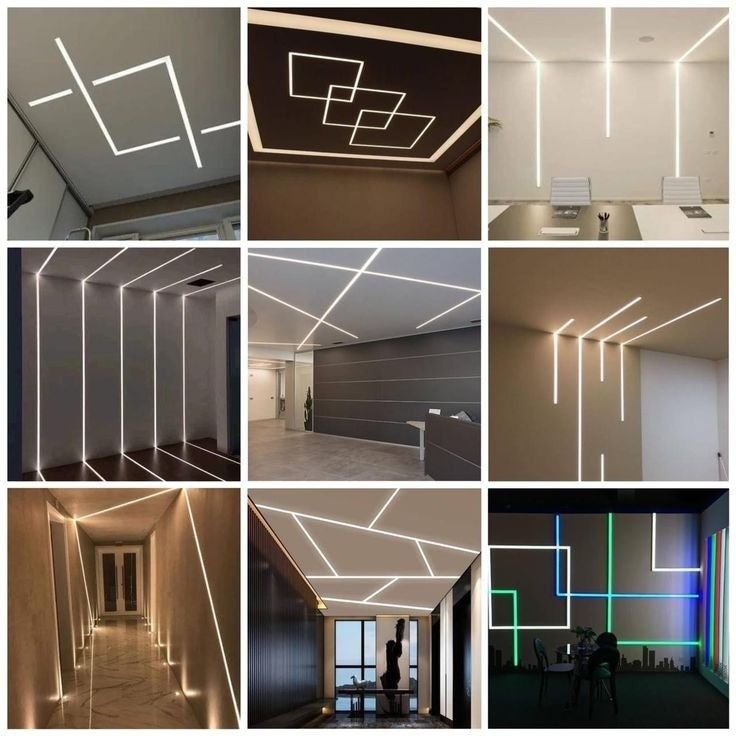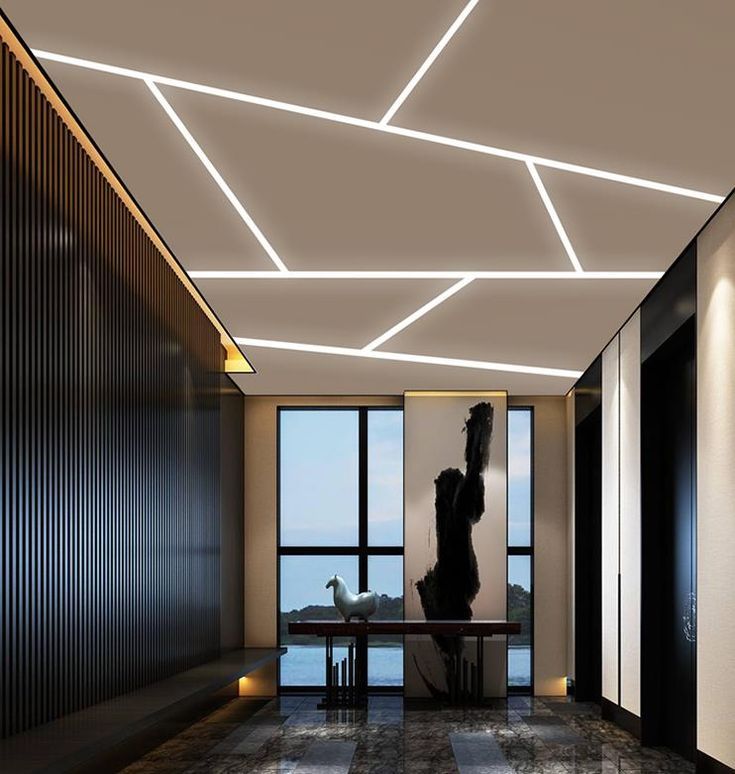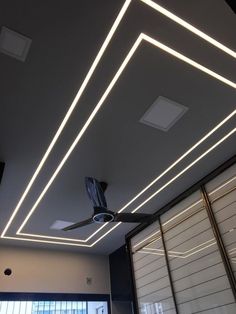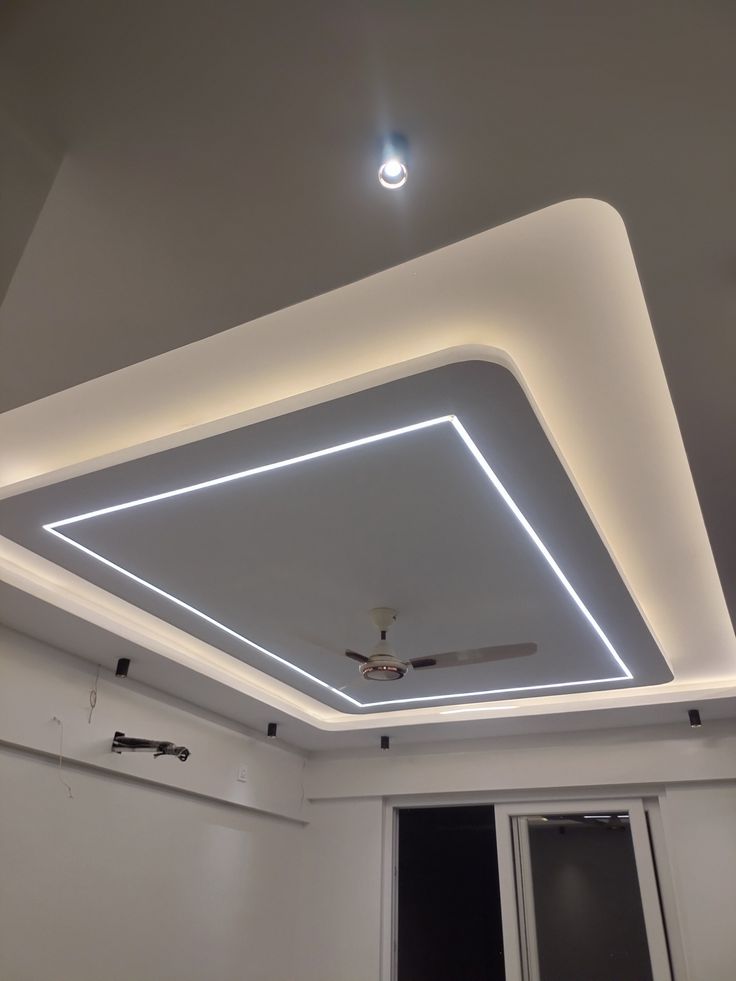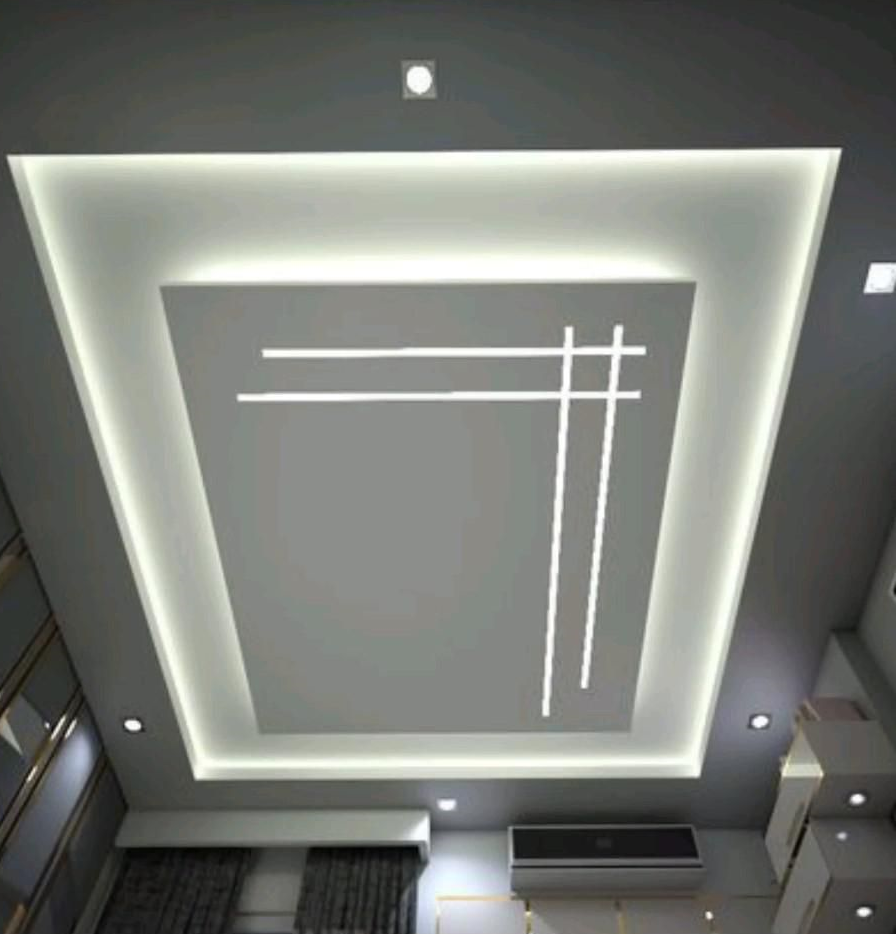1. Types of Lighting in Interior Design
Lighting can be broadly categorized into three main types, each serving different purposes: 1.1 Ambient Lighting Purpose: This is the primary source of light that illuminates the entire room. Ambient lighting is typically soft and evenly distributed, providing general illumination for everyday tasks. Examples: Ceiling-mounted lights, recessed lighting, chandeliers, and pendant lights are commonly used for ambient lighting. 1.2 Task Lighting Purpose: Task lighting is designed to provide focused illumination for specific tasks such as reading, cooking, or working. It is usually brighter than ambient lighting and is more direct. Examples: Desk lamps, under-cabinet lights in kitchens, reading lights, and vanity lights are all forms of task lighting. 1.3 Accent Lighting Purpose: Accent lighting is used to highlight specific features of a room, such as artwork, architectural elements, or decorative items. It adds depth and drama to the space. Examples: Spotlights, track lighting, picture lights, and LED strip lighting are often used as accent lighting. 1.4 Decorative Lighting Purpose: This type of lighting is used primarily for aesthetic purposes to enhance the visual appeal of a space. Examples: Decorative chandeliers, artistic lamps, and light fixtures that add both light and style to the environment.
 Know More
Know More
2. Profile Lighting: An Overview
Profile lighting is a modern and versatile form of lighting that is increasingly used to highlight architectural details, create mood, and enhance the overall ambiance of a space. It typically refers to linear lighting solutions such as LED strips, recessed lights, and profiled light fixtures that are integrated into the architecture or design elements of the space. 2.1 What is Profile Lighting? Profile lighting generally refers to narrow, linear lighting fixtures that can be mounted along walls, ceilings, or furniture to create subtle, indirect illumination. It is designed to provide a continuous strip of light that follows the contours of a room or feature, offering smooth and even lighting without harsh shadows. These fixtures are often hidden within profiles such as troughs, cornices, or light channels, making them blend seamlessly with the space. When installed strategically, profile lighting can illuminate edges, create focal points, and even offer visual height to a room.
 Know More
Know More
3. Benefits of Profile Lighting
Profile lighting offers several advantages in both functional and aesthetic design: 3.1 Seamless Integration Profile lighting blends into the design, offering a clean and modern look without the bulk of traditional light fixtures. Because it can be hidden within architectural elements, it maintains a minimalist, clutter-free appearance. 3.2 Versatility It is adaptable to various spaces and design styles. Profile lighting works well in both modern and traditional interiors, offering flexibility in application for residential, commercial, and office settings. It can be used in kitchen cabinets, under-shelves, bathroom vanities, ceiling coves, and more. 3.3 Energy Efficiency Most profile lighting solutions use LED technology, which is energy-efficient, long-lasting, and cost-effective compared to traditional lighting options. LEDs produce less heat and consume less power, making them ideal for both residential and commercial settings. 3.4 Subtle Ambiance Profile lighting is often used for creating a soft, ambient glow rather than intense direct light. This makes it ideal for creating relaxing atmospheres in living rooms, bedrooms, or even in office spaces for a calm work environment. 3.5 Focused Illumination In addition to ambient lighting, profile lighting can be used to accentuate specific features or focal points of a space. For instance, it can highlight a piece of art, a decorative wall feature, or architectural details like arches and columns.
 Know More
Know More
4. Applications of Profile Lighting
Profile lighting is versatile and can be creatively used in a variety of spaces. Here are some of the common applications: 4.1 Ceiling Cove Lighting How it works: Profile lighting is installed in a cove or recess along the ceiling perimeter to create a soft, indirect glow. The light bounces off the ceiling, diffusing evenly across the room for a warm, welcoming atmosphere. Where to use: Living rooms, bedrooms, hallways, and entryways. 4.2 Under Cabinet and Shelf Lighting How it works: LED profile lights are installed under kitchen cabinets, bathroom shelves, or display units to illuminate work surfaces and highlight objects. Where to use: Kitchens, bathrooms, home offices, and retail displays. 4.3 Staircase Lighting How it works: Profile lighting can be mounted along the edge of staircases or on the stair risers to provide functional lighting that guides users safely up and down. Where to use: Staircases, hallways, and corridors. 4.4 Accent and Architectural Highlighting How it works: Profile lighting can highlight architectural features such as columns, moldings, and niches. It can also be used to accentuate artwork, sculptures, or shelves. Where to use: Living rooms, dining rooms, and galleries. 4.5 Backlit Panels How it works: Profile lighting can be used to backlight panels, creating a dramatic visual effect. This is particularly popular with translucent materials such as frosted glass or acrylic. Where to use: Feature walls, media rooms, and retail displays.
 Know More
Know More
5. Profile Lighting Designs and Styles
Profile lighting can be customized to suit different design preferences: 5.1 LED Strips How it works: Flexible LED strips are a popular form of profile lighting. They are thin, adhesive-backed strips that can be cut to size and installed around corners, behind furniture, or in ceiling coves. Design Considerations: Choose waterproof LED strips for kitchens and bathrooms, and dimmable LED strips for more control over the ambiance. 5.2 Recessed Profile Lights How it works: Recessed profile lights are mounted flush with the surface of walls or ceilings, offering a sleek, unobtrusive look. The light is directed outward to create a soft ambient glow. Design Considerations: Ideal for modern interiors, recessed profiles blend seamlessly into the ceiling or walls for a clean, streamlined look. 5.3 Linear Light Fixtures How it works: Linear light fixtures are long, slim fixtures that can be installed in rows along the length of walls or ceilings. These provide even, uninterrupted light coverage. Design Considerations: Perfect for minimalist and contemporary spaces, linear lights add a modern touch to any room. 5.4 Profile Lighting with Dimming Controls How it works: Incorporating dimmable profile lighting allows for greater control over the lighting intensity, letting you adjust the ambiance based on the time of day or the desired mood. Design Considerations: Dimming options work well in living areas, dining rooms, and bedrooms, where you may want a soft, warm glow during relaxation.
 Know More
Know More

